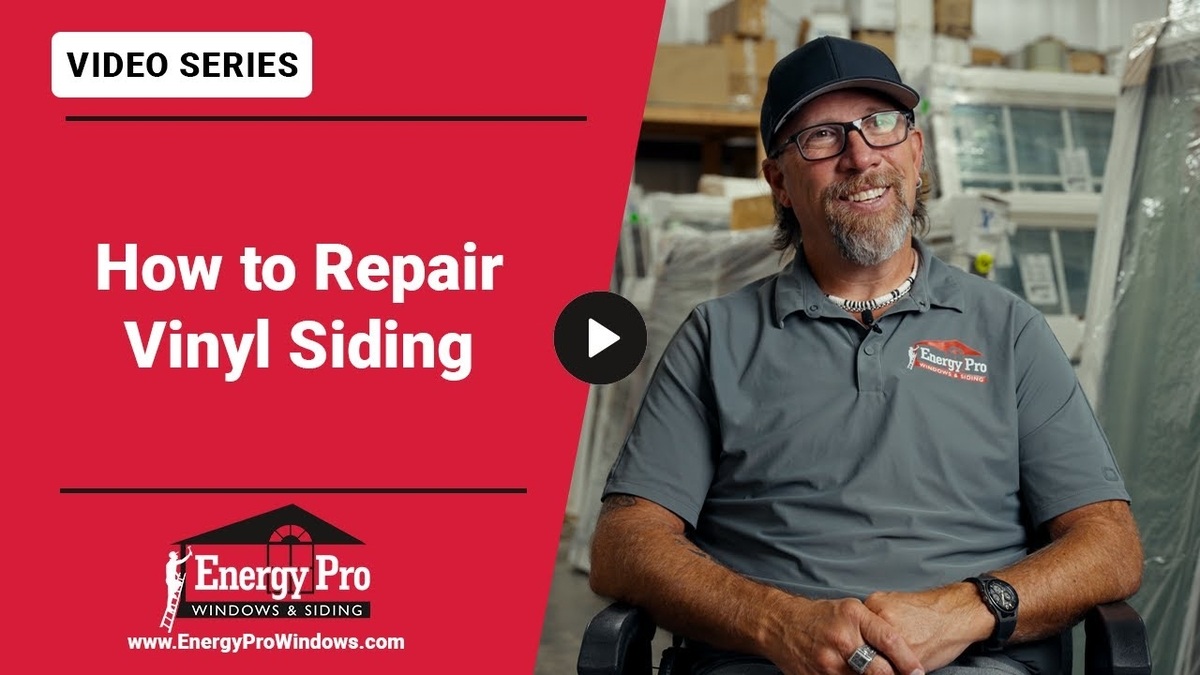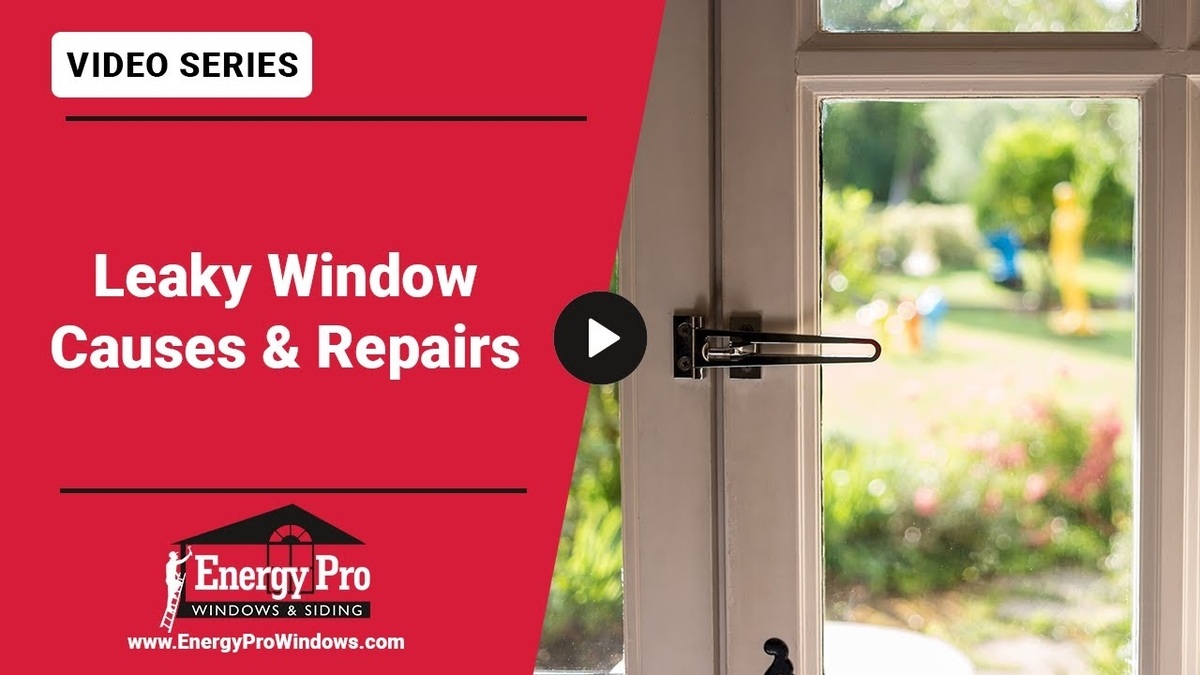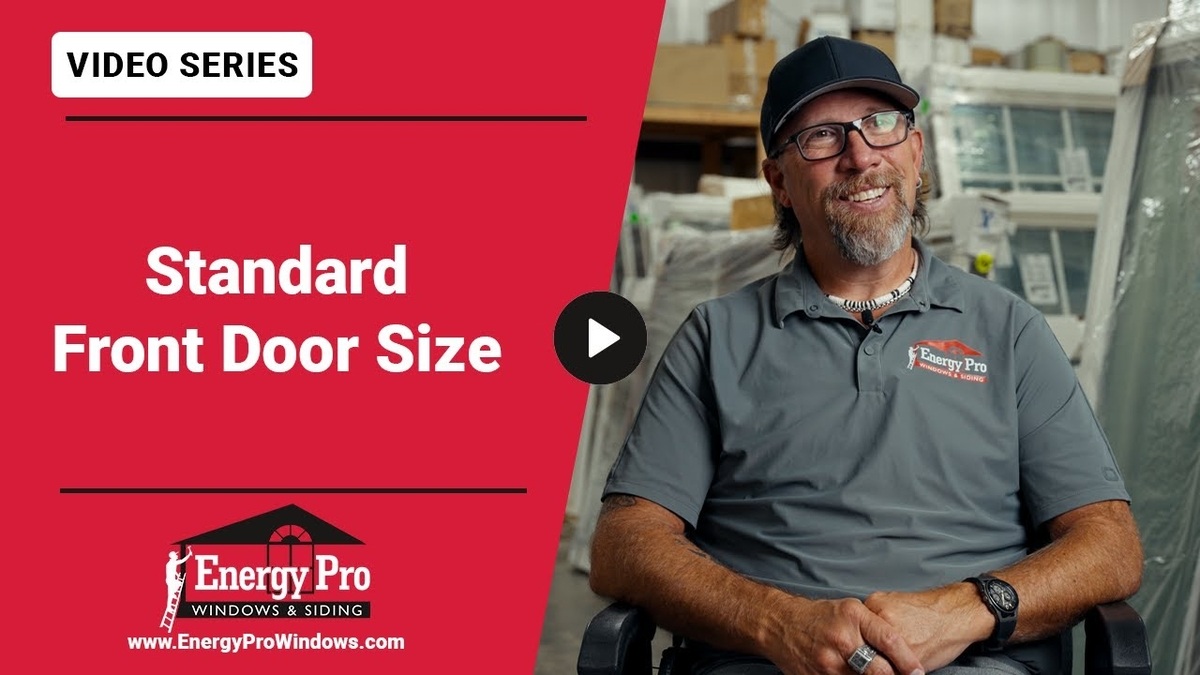The key to improving your home’s energy efficiency often lies in the design of your windows. While factors like style and material are important, the Insulated Glass Unit (IGU) plays a critical role in maintaining indoor comfort and reducing energy costs.
IGUs are designed to minimize heat transfer, enhance insulation, and help maintain consistent temperatures inside your home. Understanding their components and benefits is essential when selecting replacement windows for your property.
What is an Insulated Glass Unit?
An Insulated Glass Unit (IGU) is a specially engineered glass assembly that consists of two or sometimes three layers of glass, separated by a spacer and sealed around the edges. This sealed system creates an insulated pocket, or chamber, filled with air or a dense gas, typically argon. By trapping air or argon between the panes, the IGU significantly reduces the transfer of heat and cold, providing insulation that traditional single-pane glass cannot offer.
In winter, for instance, with temperatures dropping as low as 0°F outside, an IGU can keep your indoor temperature stable and comfortable, even at 70°F.
Why IGUs Use Argon Gas and Low-E Coatings
The effectiveness of an IGU in managing temperature depends not only on the multiple panes of glass but also on two other critical components: argon gas and Low-E (low emissivity) coatings.
1. Argon Gas Fill
The chamber within the IGU can be filled with argon gas, which plays a crucial role in enhancing insulation. Argon gas is heavier and denser than regular air, creating a thicker barrier that resists temperature transfer more effectively. When two drastically different temperatures meet within the IGU, such as 0°F outside and 70°F inside, a phenomenon called convection current occurs, where cold air sinks and warm air rises. This cycle can accelerate energy loss. The dense nature of argon slows down this convection current, reducing the rate at which heat is transferred and enhancing overall energy efficiency.
2. Low-E Coatings for Solar Heat Control
IGUs often feature Low-E coatings, designed to manage solar heat gain—the amount of heat that passes through the glass. These coatings selectively block specific parts of the light spectrum, allowing natural light to brighten your home while filtering out harmful UV rays and excess heat. By minimizing unwanted heat, Low-E coatings help maintain comfortable indoor temperatures without overburdening your heating and cooling systems.
How IGUs Improve Energy Efficiency
Energy efficiency is a key benefit of IGUs, especially in areas with fluctuating temperatures. Here’s a breakdown of how they contribute to a more efficient home:
1. Heat Retention in Winter
The insulated pocket in the IGU acts as a buffer against the cold. Argon gas slows down the heat transfer, ensuring that warmth stays inside. This makes IGUs highly effective at maintaining indoor temperatures without requiring extra energy to heat your home.
2. Cooling Efficiency in Summer
In warmer months, IGUs help block out excess heat. The Low-E coating reflects solar radiation, reducing the amount of heat that penetrates through the window and allowing you to keep your home cool without overusing air conditioning.
3. Reduced Condensation
Because IGUs provide a consistent indoor surface temperature, they reduce condensation build-up on windows. This can prevent moisture-related issues such as mold and damage to window frames, especially important for homeowners looking to preserve their home’s integrity.
Choosing the Right IGU for Your Home
When selecting an IGU, there are different options to consider, based on your climate and preferences:
1. Double vs. Triple Pane IGUs
Double-pane IGUs are the most common choice, offering solid insulation with two panes of glass. For colder climates, triple-pane IGUs are also available, providing an additional layer of insulation. Each added pane increases the unit’s insulating capacity and energy efficiency.
2. Different Types of Low-E Coatings
Low-E coatings come in multiple variations. Some are designed to capture and retain heat, which is ideal for colder climates, while others focus on blocking out excess solar heat, making them a good choice for warmer climates. Discussing these options with your contractor or window professional can help you find the coating that best meets your energy needs.
3. Spacer Materials
The spacer in an IGU holds the glass panes apart and plays a role in insulation. Some IGUs come with metal spacers, while others use non-metallic, foam spacers that can reduce heat transfer at the edges of the glass, further enhancing efficiency.
In Summary
Investing in windows with high-quality Insulated Glass Units can make a significant difference in your home’s comfort, energy savings, and durability. By choosing IGUs with argon gas, multiple panes, and an appropriate Low-E coating, you can better control indoor temperatures, reduce energy loss, and minimize solar heat gain. Each component of an IGU is designed to create a balanced, efficient, and lasting solution for your home’s windows.
If you’re considering IGUs for your next window upgrade, contact us for professional guidance. Our experts can help you choose the ideal IGU configuration to match your home’s needs and improve its energy efficiency.



